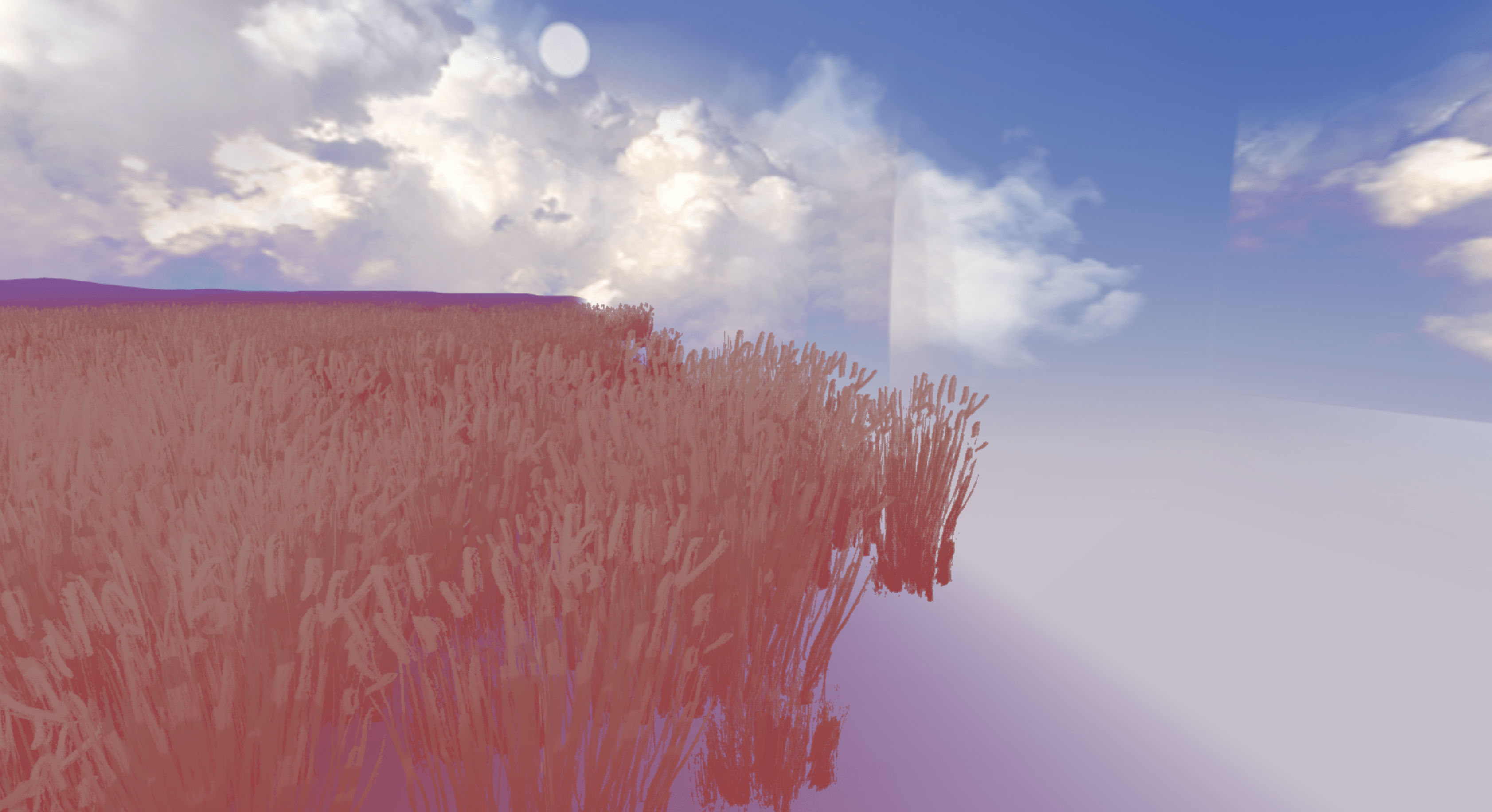Walking simulators, often abbreviated as “walking sims,” stand out in the video game universe for their quiet rebellion against action-packed mechanics. As a seasoned player of various video games, stepping into “Places” by ktch0 was a refreshing divergence from the norm. This walking simulator game is tailored for gamers who seek respite from the frenetic energy of more action-oriented titles. I was able to access it effortlessly through my browser on Mac, embarking on a journey that caters to the casual player yearning for relaxation and immersion in a tranquil virtual world.
Central Argument
At the heart of “Places” is walking, a seemingly mundane act that becomes a conduit for storytelling. Here, every step is a silent narrative, guiding the player through an environment where story and space coalesce. Unlike its combat-driven counterparts, “Places” leans into the subtleties of its world, urging players to discover the unfolding narrative at their own pace. The act of walking, in “Places,” is a fundamental storytelling tool. Every deliberate step I took became part of a greater narrative—a story that unraveled not through forced events or high-stakes challenges but through my personal interaction with the environment. The fun of this game lies in its subtle mechanics, where the simple press of a space jump button isn’t a means to an end but an invitation to explore further, to soar over the landscape and witness more of ktch0’s creation from multiple vantage points. In this sense, the act of walking in “Places” is sequential and deliberate, echoing the mindmap’s highlighted objectives such as exploration and construction. In this sense, gameplay mechanics take a back seat to the sensory journey.
“Places” leverages Mechanics subtly, using the space jump button not for evasion or combat, but for expanding the exploration canvas. The Dynamics emerge from the interaction between player choices and the game’s unfolding graphics. The Aesthetic of “Places” celebrates the beauty of discovery, the serene joy found in piecing together a world through sight and sound, rather than through victory in battle.
Analysis
This game diverges from its peers by forgoing traditional progression systems. Unlike “Firewatch” or “Dear Esther,” where the environment serves a scripted narrative, “Places” offers a canvas for personal interpretation. It’s a choice that might be seen as a flaw by those craving direction, but it’s a clever decision for fostering individual connection to the game world. Integrating ideas from the course, “Places” objectives follows the “exploration” and “construction” themes. In this sense the “Objectives” of the game are self-imposed, allowing a unique analysis of each player’s interaction, which can vary dramatically based on their traversal of the game space.
From an educational perspective, “Places” serves as a study in minimalist game design. It invites critique of the necessity of complex systems to achieve an immersive experience. The design choices reflect an understanding that in the absence of traditional action, the act of walking and observing becomes the gameplay. Moments captured at the world’s edge encapsulate the game’s thematic focus on boundaries—not just the literal edges of the map, but also the boundaries of traditional gameplay.
Though a suggestion I would provide to the designers of this game is to include perhaps a bit more interactive elements where the user can directly interact with the environment permanently. Such as the ability to interact with potential animals in the landscape or cut down trees in the environment and so forth. This strengthens the personalized storytelling aspect of this game.
In conclusion, “Places” tells its story through the simple act of walking. The serial and linear interpretation of the world by the player generates a unique story in each session. By eschewing complex mechanics for a straightforward but profound experience, the game distinguishes itself within its genre. It presents a tranquil expanse for players to imprint their narrative, an experience augmented by the understanding of game design’s formal elements. As you reach the edge of the world, there’s a realization that the journey was never about the destination; it was about the paths you chose to take, the details you noticed, and the story you silently told with each step forward.





